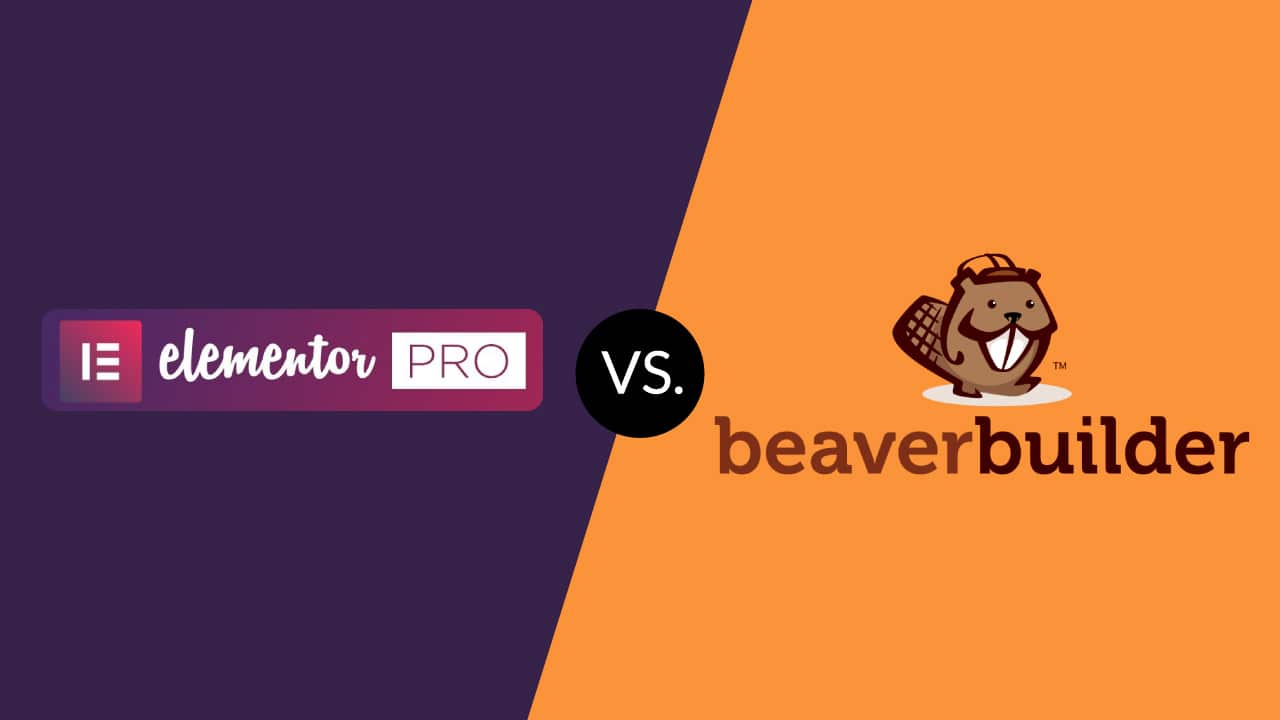Elementor Vs Beaver Builder: Which Should You Choose?Are you having difficulties in choosing the best among Elementor and beaver builder as your WordPress site’s builder? Both of these WordPress page builders are at the top of pile in quality. So you are not going to wrong with any of them. Although there some differences that may clear the confusion to choose from them.
By the end of this post, my goal is that you will get all the knowledge to choose the best for your site.
To achieve this, here we are going to compare each page builder in areas such as:
- How the interface junctions, including things like text editing.
- How much design control you have including custom css and responsive design
- What templates option you get
- How free versions stack up
- What exceptional features you get in Pro versions.
- Whether there’s any price difference if you get pro
Elementor Vs Beaver Builder: Which Should You Choose?
Some Quick Introductions:
If you search for best WordPress page builders, Elementor & Beaver Builder are always on top options. Both of these page builder plugins are popular options with end-users and developers in the WordPress community.
These are visual, drag & drop page builders which mean you can:
- Build your site with live preview
- Use drag & drop to arrange designs
Below we have compare both two page builders in detail:
- Elementor interface Vs Beaver builder interface:
- Elementor Builder:- elementor divides its user interface in two parts- sidebar in left side and preview in right side. To add a element just drag and drop in the live preview.
For text element, either you can edit them using sidebar or type directly on the page. The elementor team added right clicks, so you can interact with other parts of interface, which is something that you can’t do with beaver builder. Another one of the best feature of it is option to copy and paste widgets selection. Even between different pages.
- Beaver Builder:- By default, Beaver Builder opts for a marginally unique approach, giving you a full-width perspective of your design with different windows that you open with click.
Again, you simply need to drag a component onto the page to start designing. In the latest version, you can now edit text using same handy inline editing you see with elementor. It’s one more amazing feature is the ability to create new columns just by dragging an element next to existing element.
- Design Options, Responsive Controls & Custom CSS:- Once you add some elements on your page, you want to design & style them. While beaver builder gives you a good amount of control
- Elementor:– It divides styling options into three tabs:
Content/Layout:- this section has mainly basic settings, like whether to make the section full width.
Style:- Stuff such as fonts, typography and backgrounds.
Advanced:- Custom padding, responsive controls.
- Beaver:– Depending on module, beaver builder puts styling options into two or three tabs:
- General:-basic options, like text in a box.
- Style:– Stuff like fonts, colors etc
- Advanced:- Stuff like custom margins & responsive controls. Also you can add custom css/class Id here.
This will give lot of flexibility if you are creating a membership site or any other website where you are accepting user registration.
- Included Templates with Library function: Due to some changes in Elementor 2.0, Now I think elementor has superior pre-built templates. Both plugins have solid functionalities.
- Elementor: its 2.0 version comes with two sets of pre-built templates:
- Pages:- Full designs, you just need to customize or tweak them to fit your site needs.
- Blocks:- Designs for specific page sections such as FAQ, CTA or contact box. You can mix match them to create full designs.
- Beaver:– It doesn’t match with elementor when it comes to pre-built templates. You get a wide range of pre-build pages divided into:
- Landing Pages
- Content Pages

